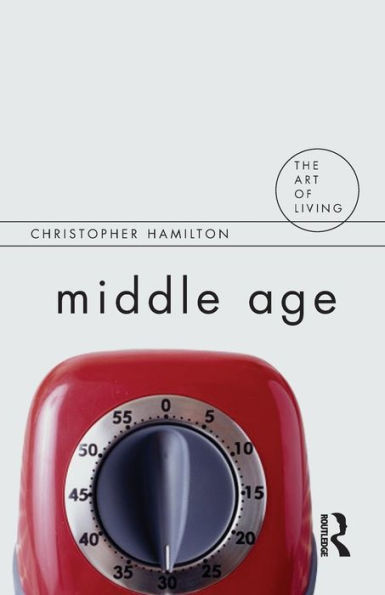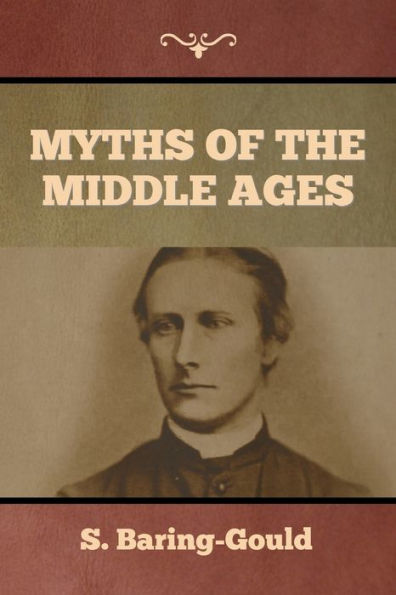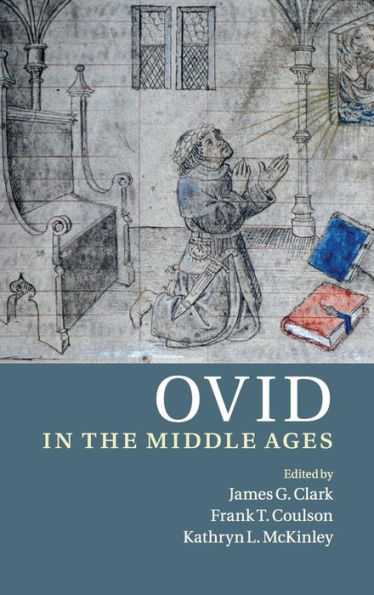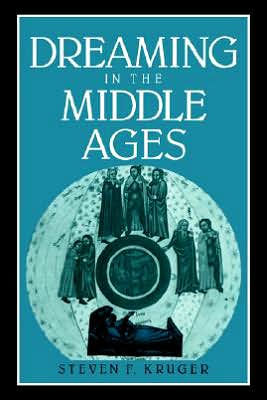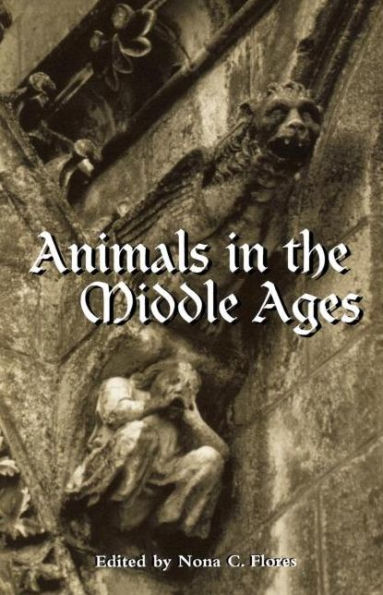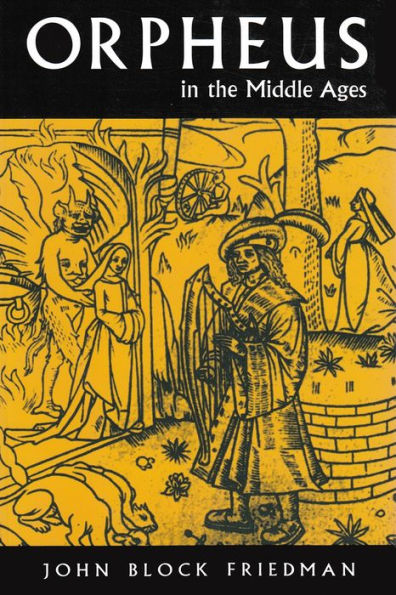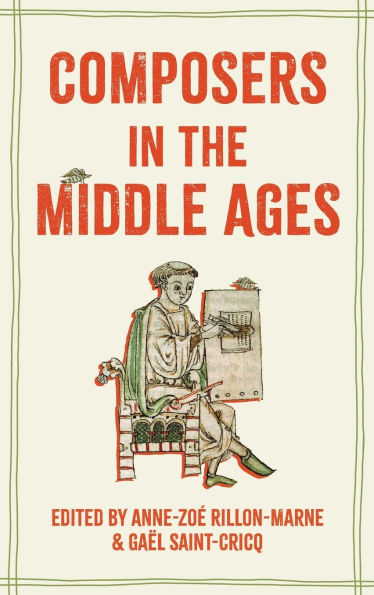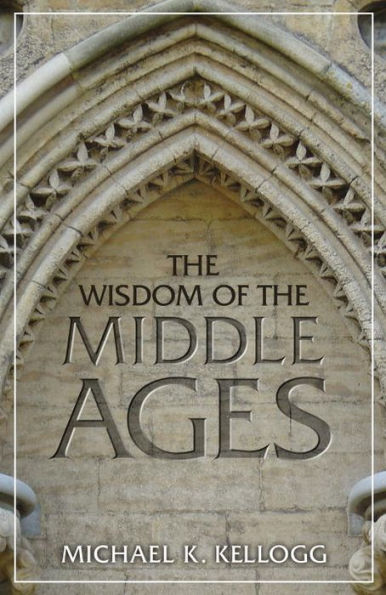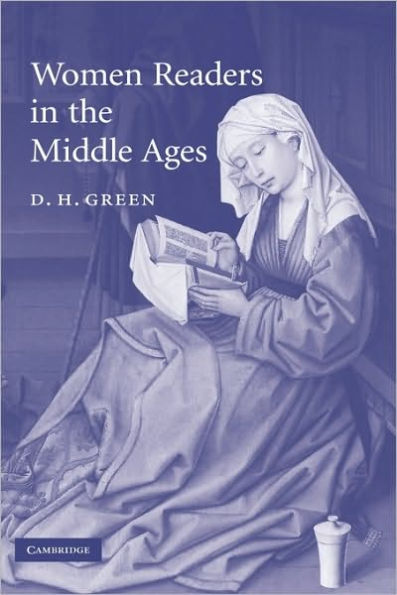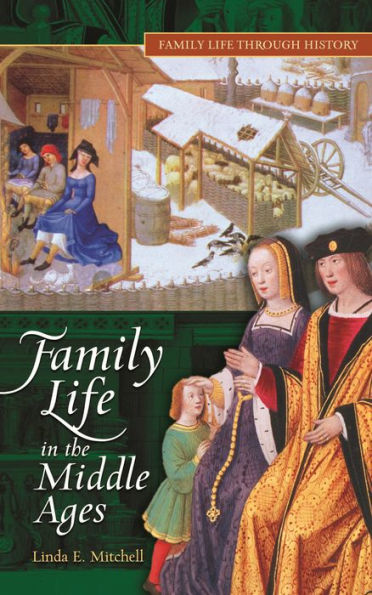Home
The Charisma in the Middle Ages
Barnes and Noble
The Charisma in the Middle Ages
Current price: $86.66
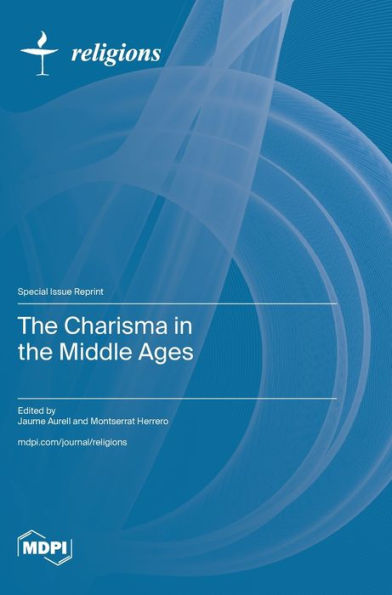

Barnes and Noble
The Charisma in the Middle Ages
Current price: $86.66
Size: OS
Loading Inventory...
*Product information may vary - to confirm product availability, pricing, shipping and return information please contact Barnes and Noble
This Special Issue of
Religions
analyzes the concept of charisma in the Middle Ages based on St. Paul's original use of the term in the first century, freeing it from its anachronistic Weberian and post-Weberian definitions. Though governed by medievalists, this collection comprises a solid interdisciplinary group of historians, art historians, classicists, literary critics, and political philosophers. It examines the concept, theory, practice, and representations of charisma in the Middle Ages, including its institutional developments such as kingship and Franciscans, its religious dimension such as miracles, its political implications such as crusades, its forms of ritualization, its doctrinal presumptions, its iconographic representations, its scientific dimension such as surgery, its projection to the objects such as relics, and its paradoxical relationship with authority and law. It also provides a space for interdisciplinary dialogue between history, theology, canon law, art history, political philosophy, and symbolic anthropology, prioritizing examination of the transferences between the spiritual and the temporal, the sacred and the profane, the political and the religious under the methodology of political theology.
Religions
analyzes the concept of charisma in the Middle Ages based on St. Paul's original use of the term in the first century, freeing it from its anachronistic Weberian and post-Weberian definitions. Though governed by medievalists, this collection comprises a solid interdisciplinary group of historians, art historians, classicists, literary critics, and political philosophers. It examines the concept, theory, practice, and representations of charisma in the Middle Ages, including its institutional developments such as kingship and Franciscans, its religious dimension such as miracles, its political implications such as crusades, its forms of ritualization, its doctrinal presumptions, its iconographic representations, its scientific dimension such as surgery, its projection to the objects such as relics, and its paradoxical relationship with authority and law. It also provides a space for interdisciplinary dialogue between history, theology, canon law, art history, political philosophy, and symbolic anthropology, prioritizing examination of the transferences between the spiritual and the temporal, the sacred and the profane, the political and the religious under the methodology of political theology.
